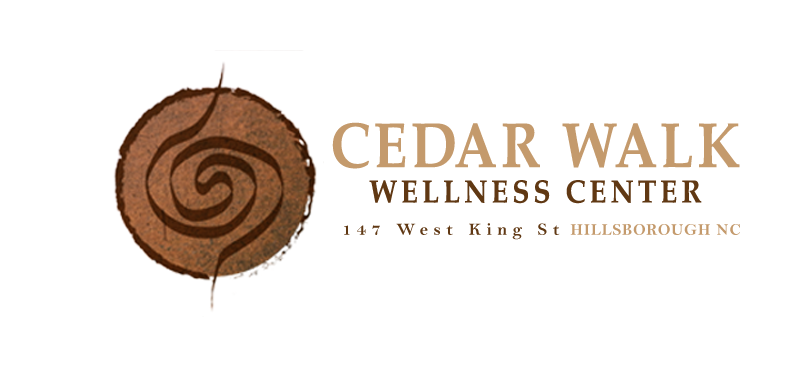Sophia Pelton
Physical Therapist
BS, MPT, DPT
What is DRY NEEDLING?
During a dry needling treatment, a very thin solid needle is placed directly into muscle trigger points or tender areas to help release tension and reduce pain. A reflexive response happens within the muscle tissue. Commonly, the muscle will react with a twitch or with a deep ache signaling to the body to relax that area of tension. Usually, a few needles are needed per body part to get the release we are looking for. Unlike acupuncture, dry needling is not focused on energy flow - it’s a direct technique to eliminate trigger points/tender points. Some movement or rest suggestions are also provided to the client to get the most out of the session. Massage and bodywork are great complements to dry needling and can help prepare the body for a deeper, more effective release.
Dry needling can be helpful for anyone with muscle tightness, pain, or movement restrictions that haven’t fully responded to other treatments. It’s especially useful for sports injuries, postural imbalances, or chronic tension. Your physical therapist will help determine if it’s right for you.
History of Dry Needling
Dry needling is a technique rooted in modern Western medicine and anatomical science. It originated from the work of Dr. Janet Travell and Dr. David Simons in the mid-20th century, who studied trigger points and myofascial pain. Initially, they used injections to target these areas, but over time, clinicians began using solid needles without any medication - leading to what we now call dry needling. The technique gained popularity in physical therapy and sports medicine in the 1980s and continues to develop through ongoing research and clinical application.

